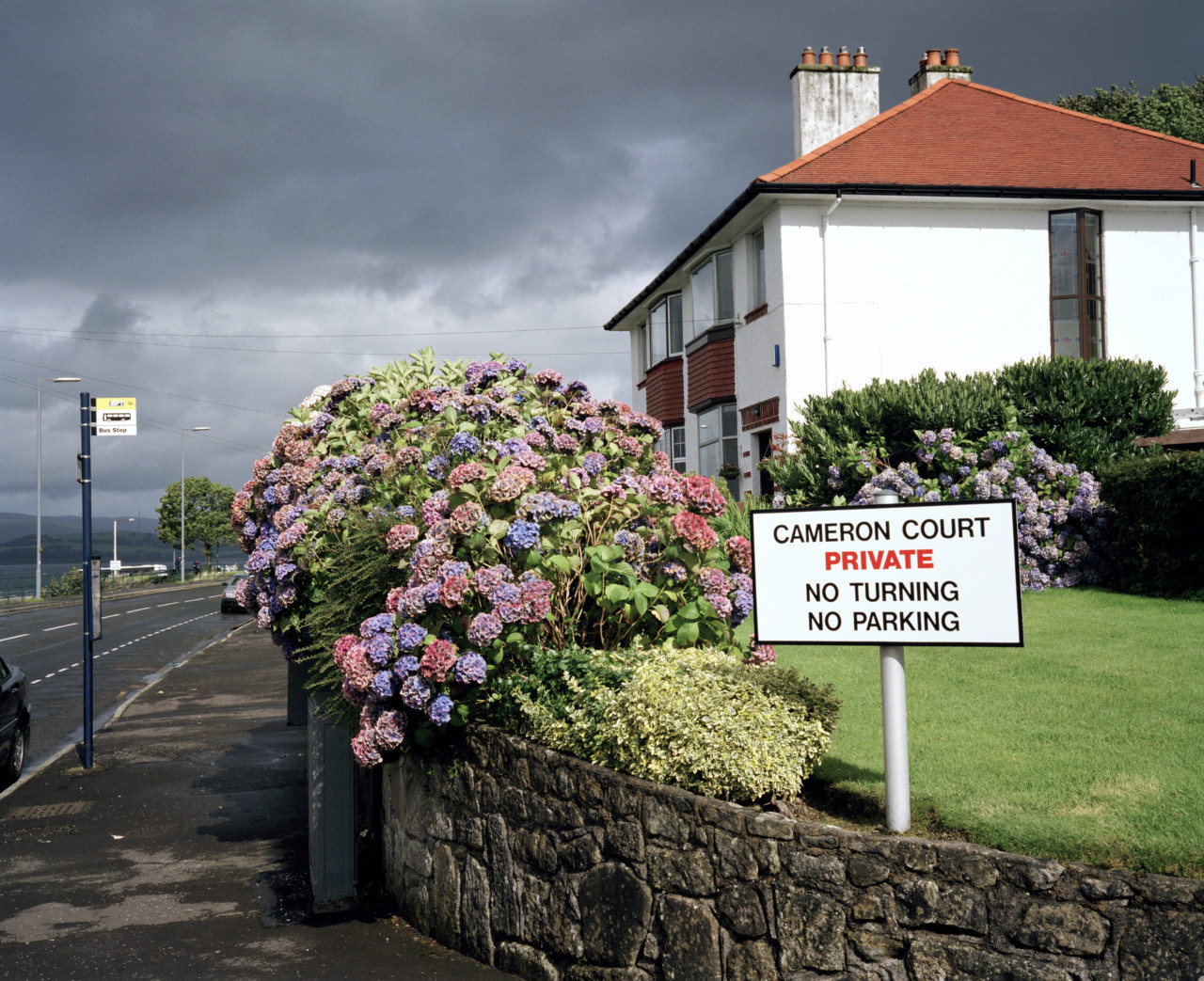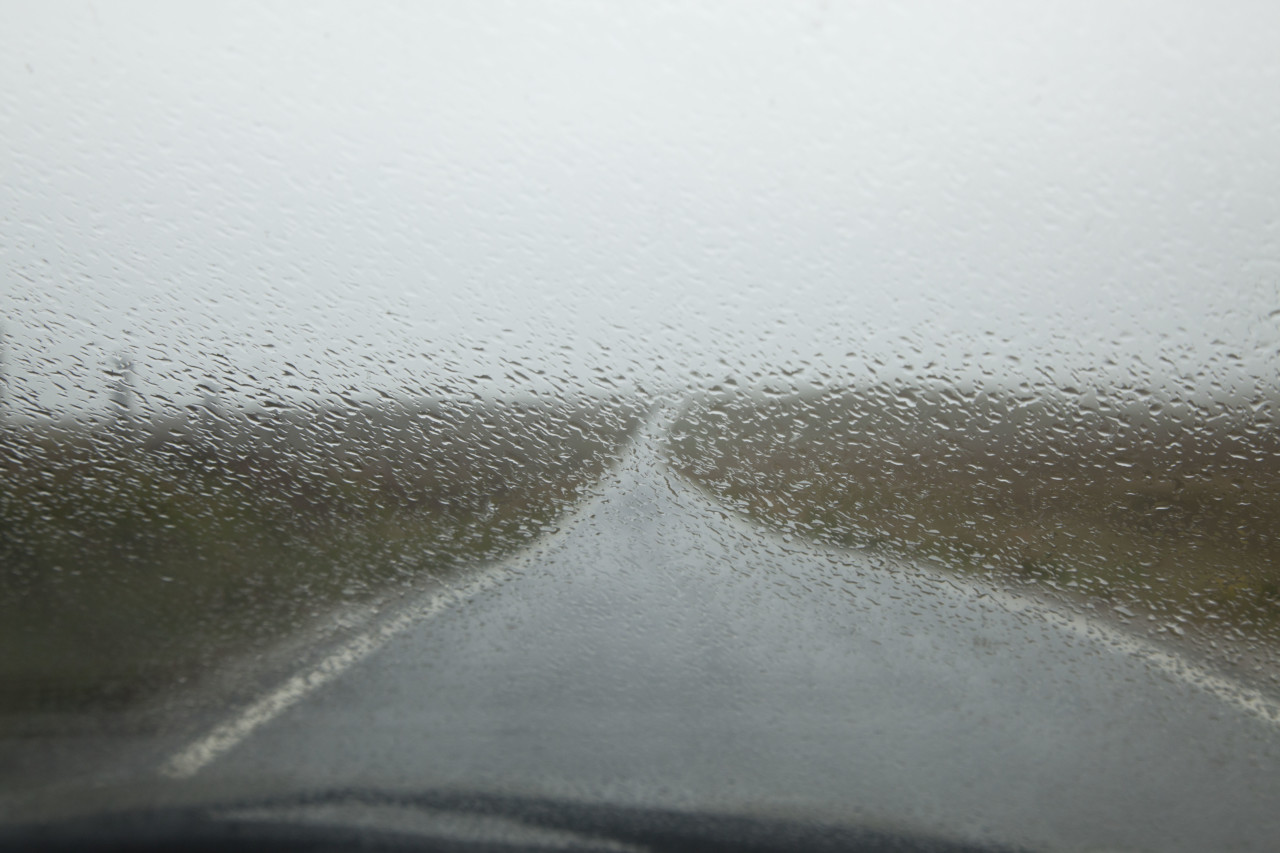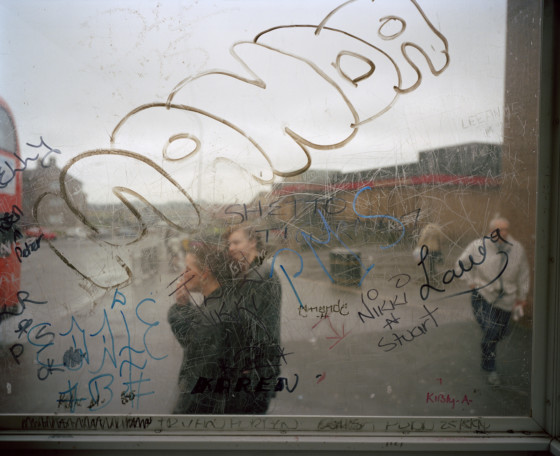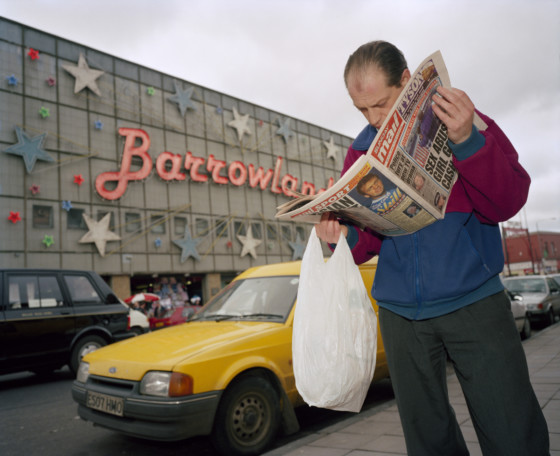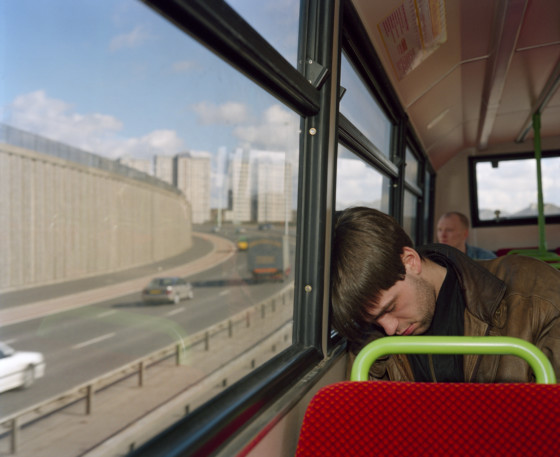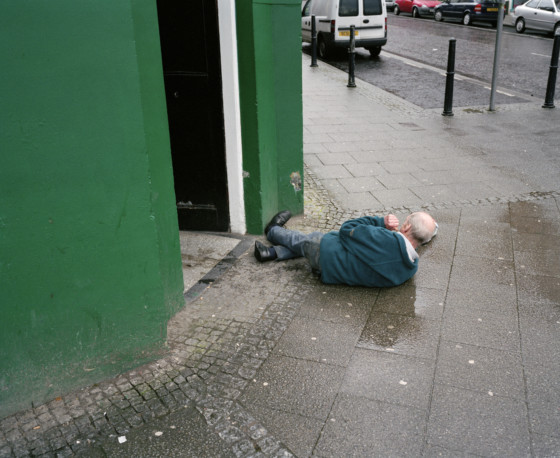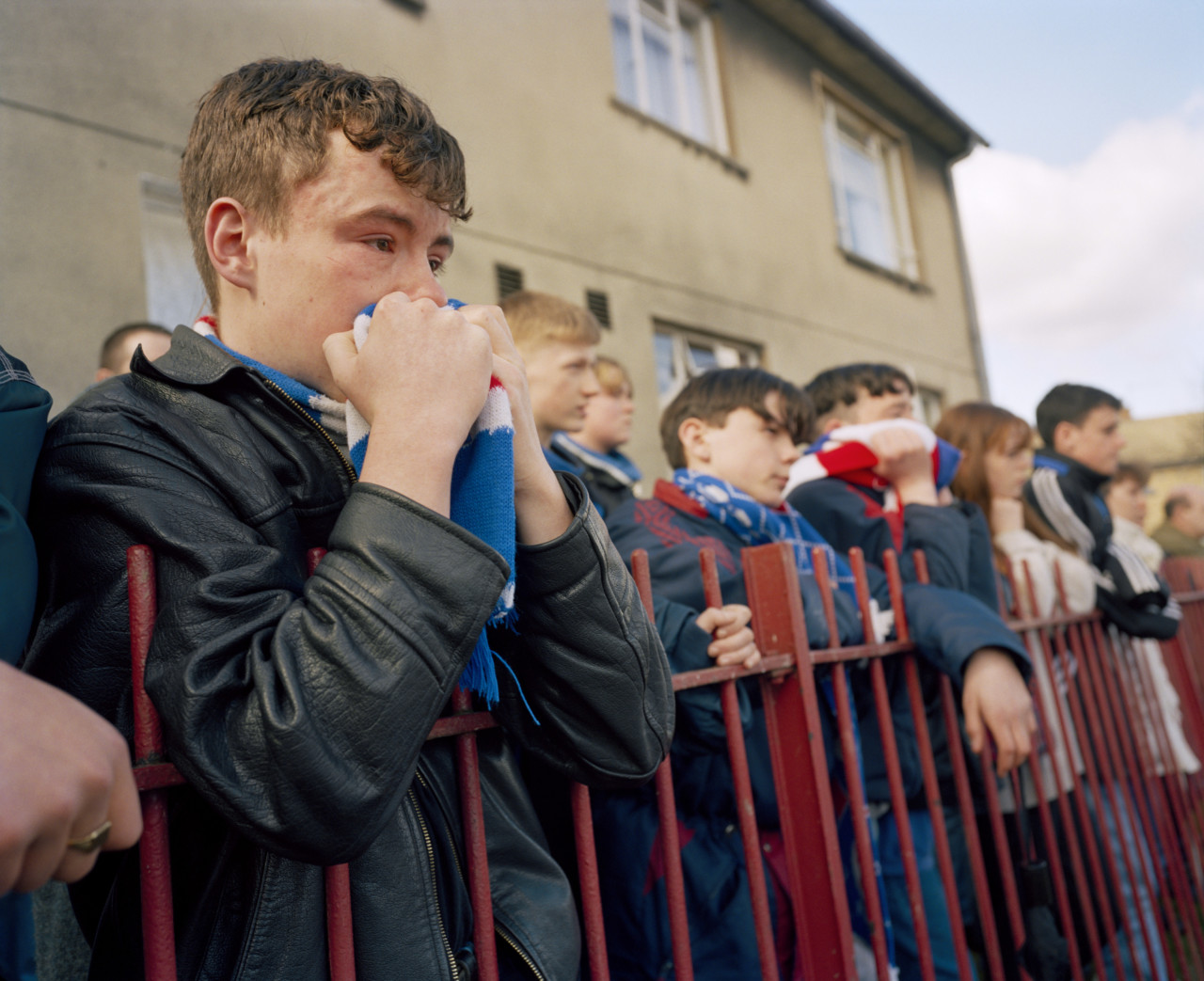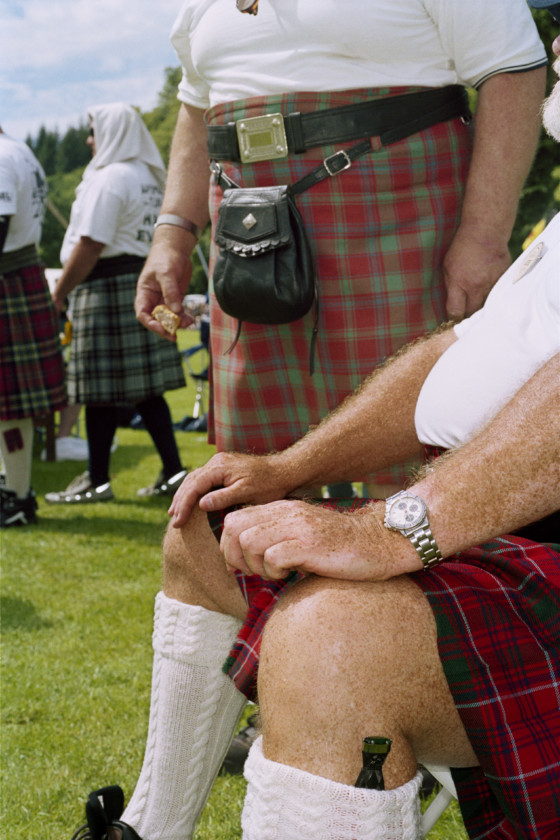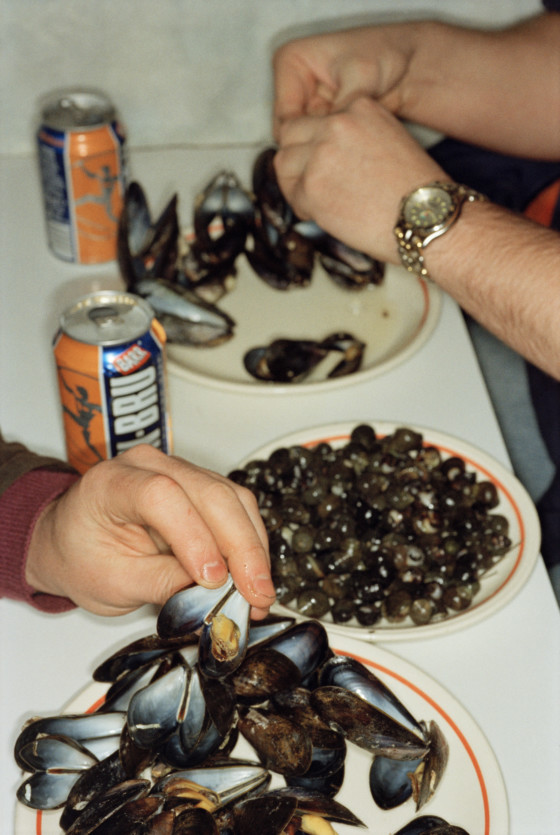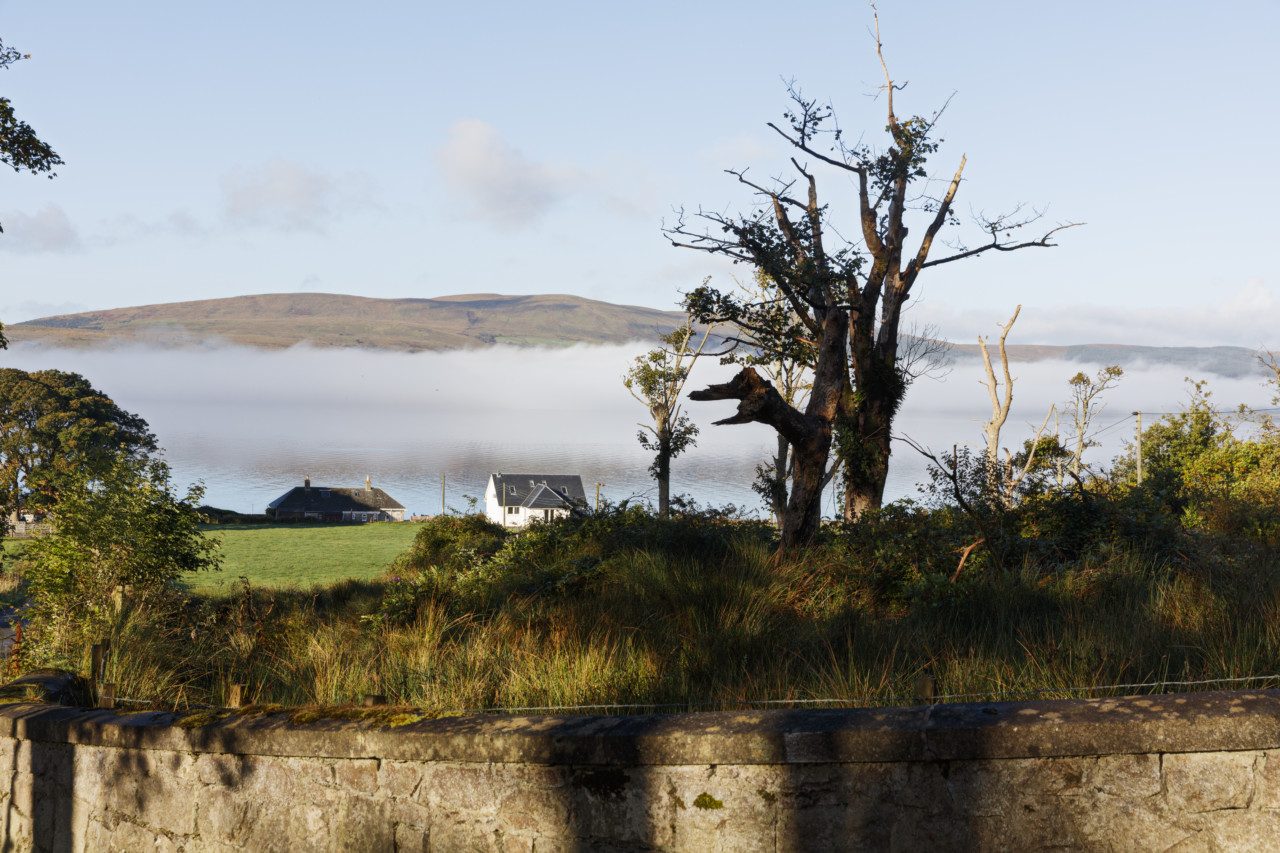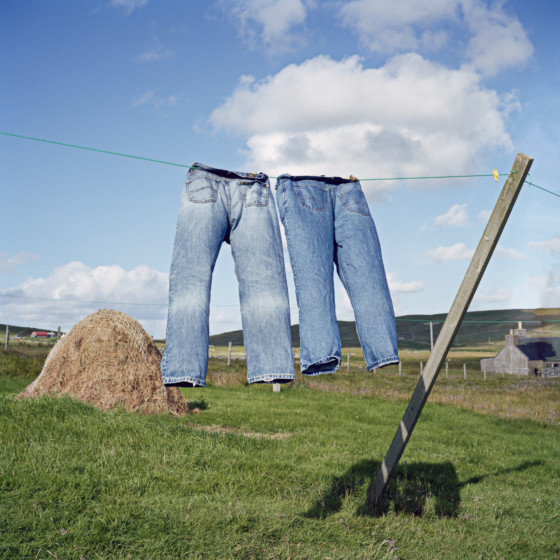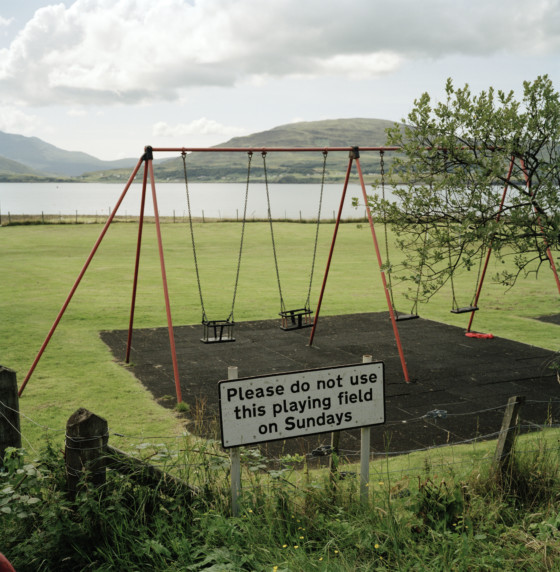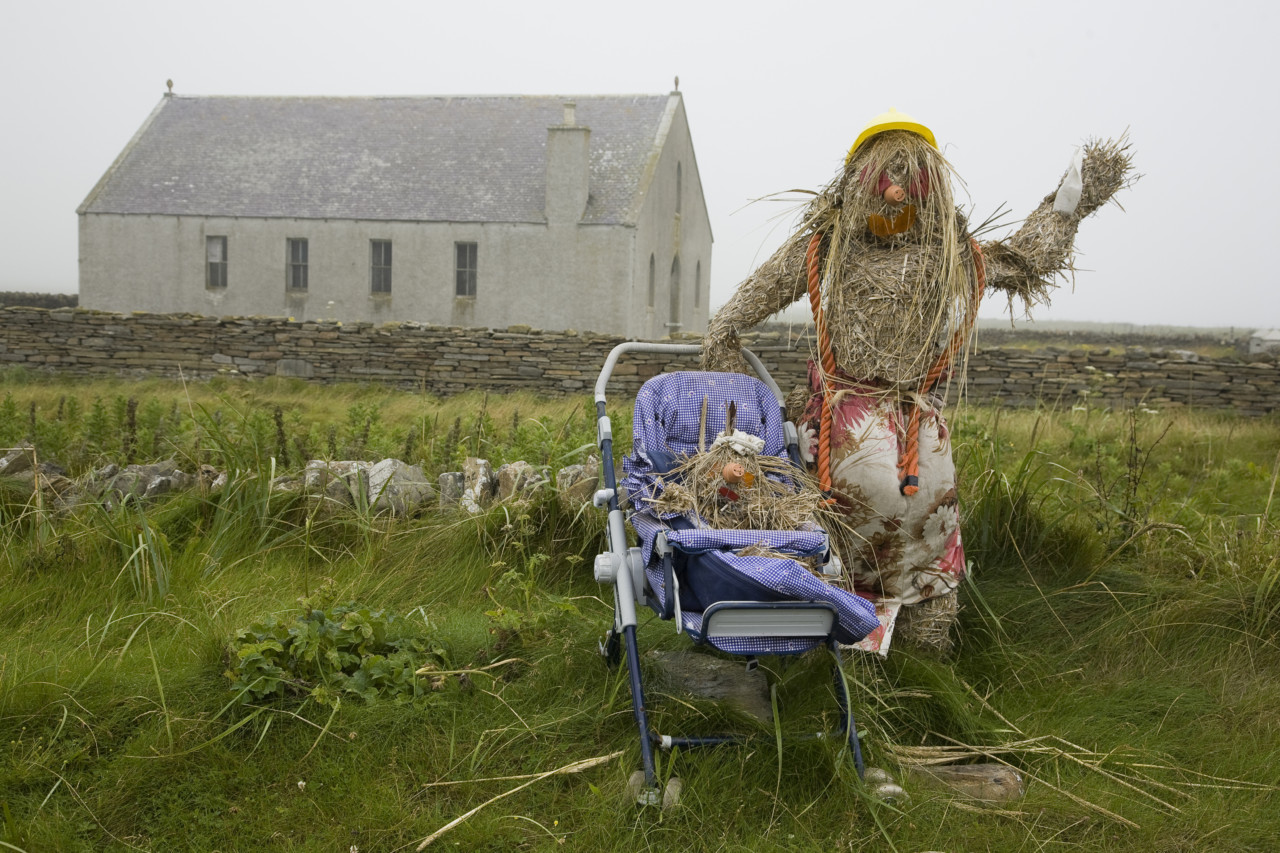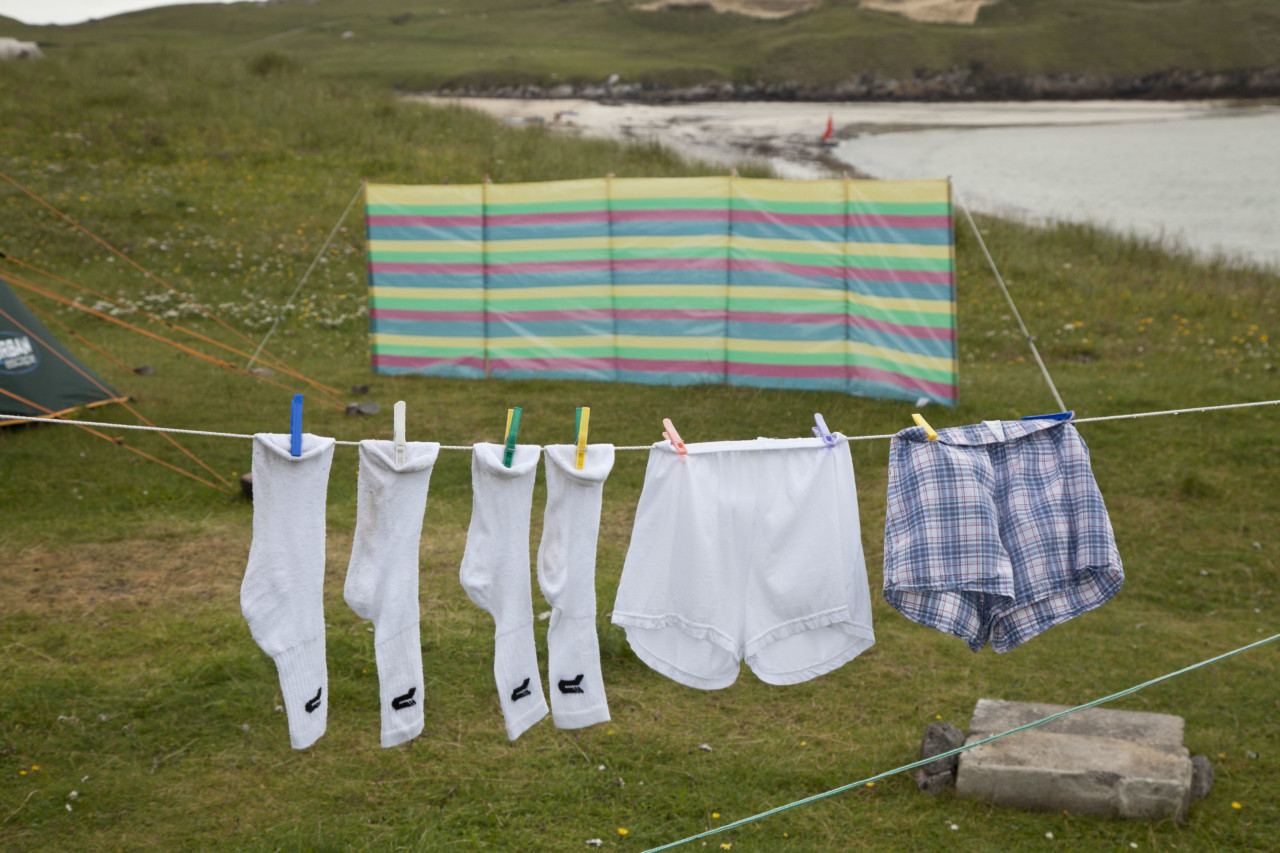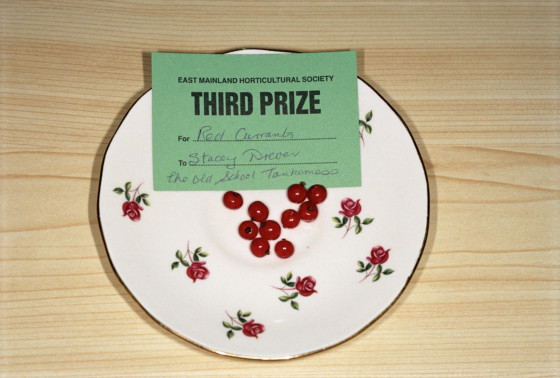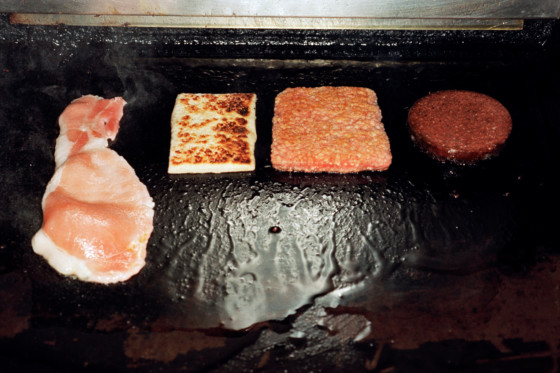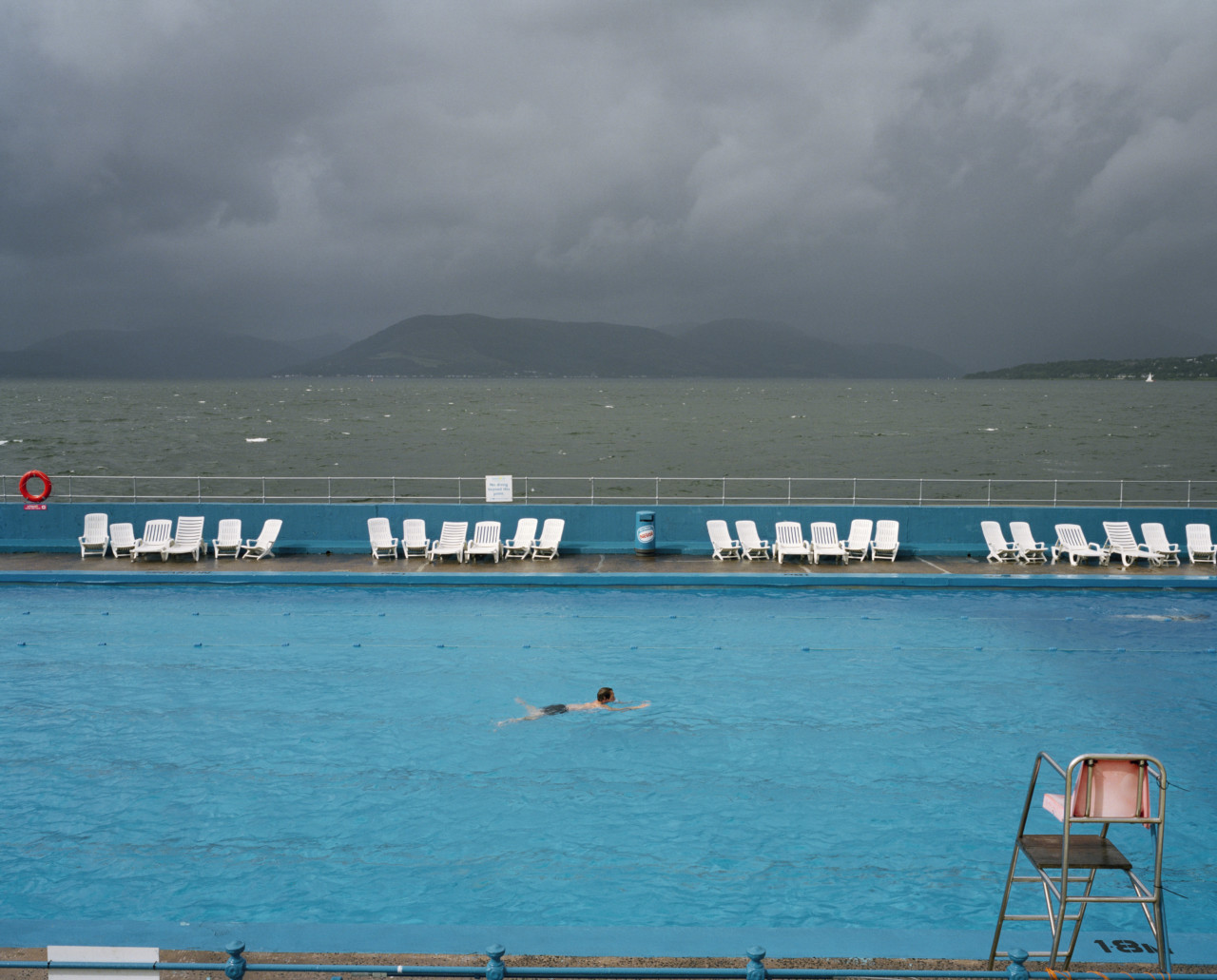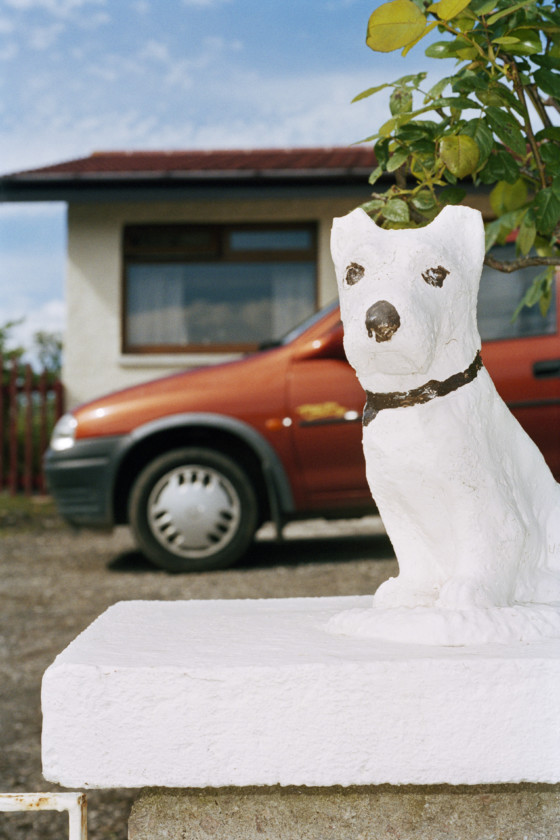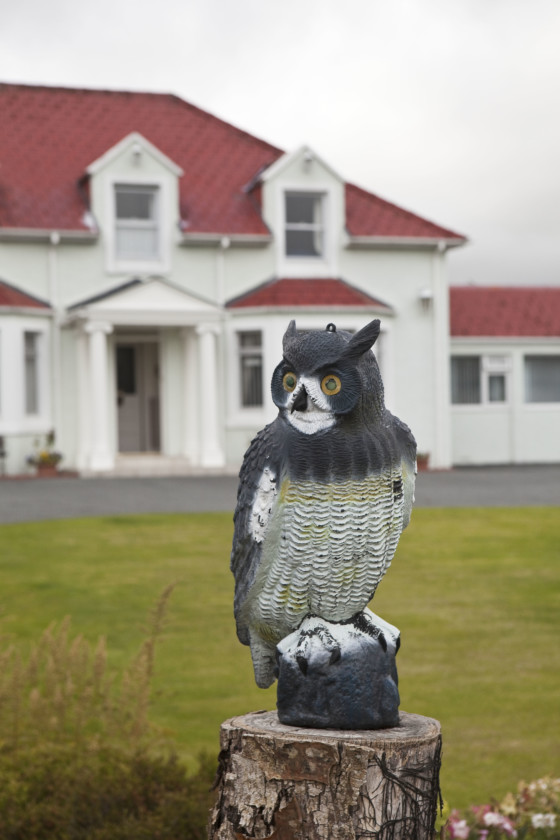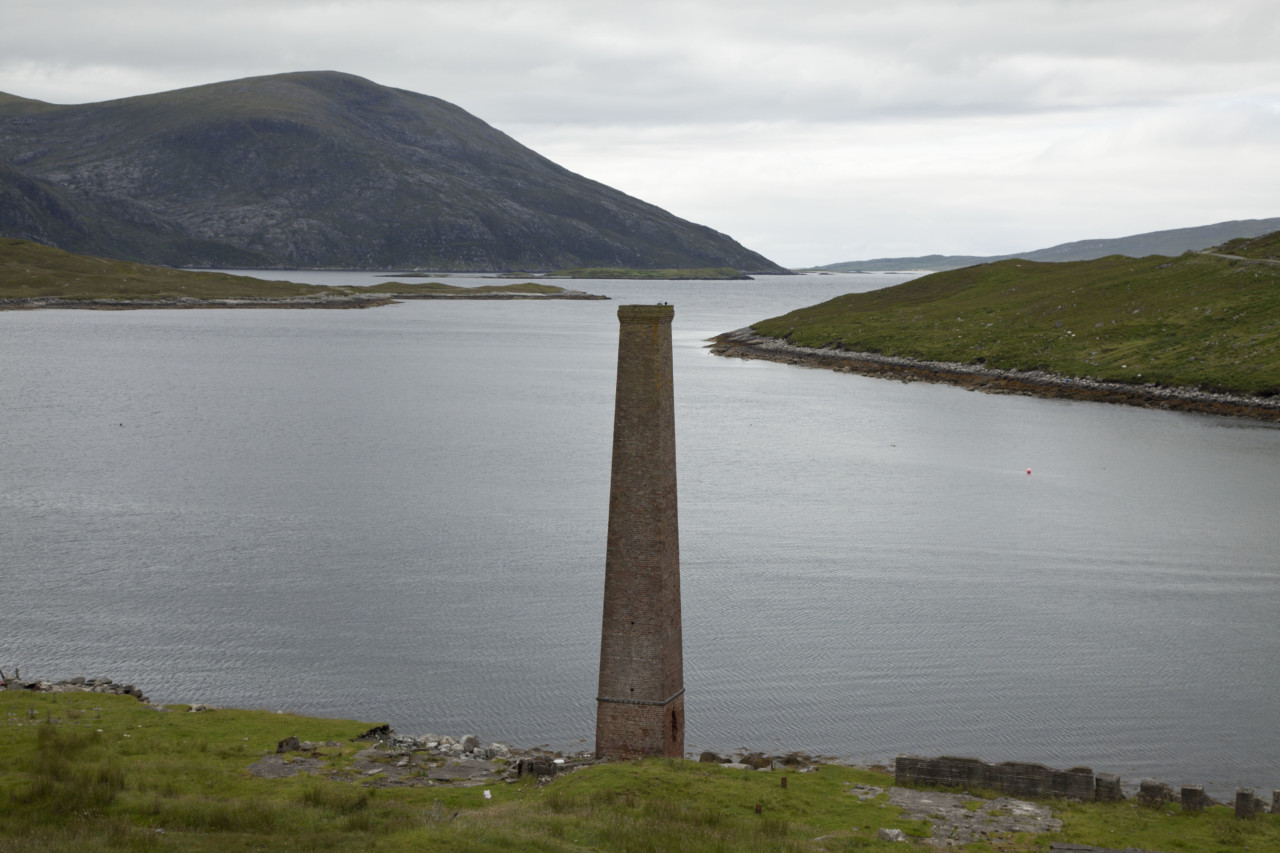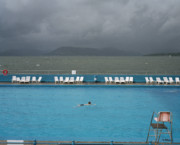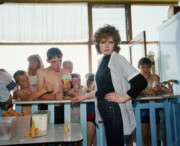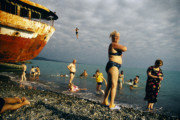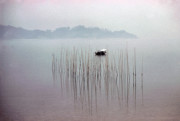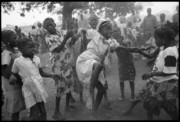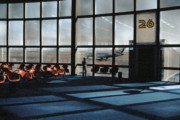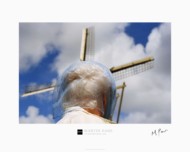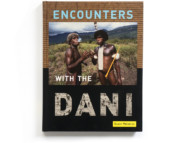Martin Parr: Think of Scotland
From Irn Bru to the desolate beauty of the remote Scottish Islands, Martin Parr's more than 25 years of work in the country is currently on show in Aberdeen
Think of Scotland is one of two bodies of Martin Parr’s work now on show at Aberdeen Art Gallery, the second being Aberdeen at Leisure – a commission by the gallery which saw Parr making numerous visits to the city in 2017, photographing Aberdonians at leisure in places as diverse as sporting venues, places of worship and nightclubs. More information on the current exhibition can be found here.
“I love clichés,” says Parr of his project and book of the same name, Think of Scotland. The work is accordingly accented with tartan and cans of Irn Bru, plus “all the things you would expect to see in Scotland: Highland games, the kilt, Scottish dancing, the food. All the things you associate with Scotland in terms of clichés are things that I like,” he says. Think of Scotland was made over a 25-year period in which Parr has visited locations across the length and breadth of the country, from Ayrshire to Aberdeenshire and from Orkney to the Western Isles.
"All the things you would expect to see in Scotland: Highland games, the kilt, Scottish dancing, the food. All the things you associate with Scotland in terms of clichés are things that I like"
- Martin Parr
For over 25 years, Martin Parr has been taking photographs in Scotland. From the streets of Glasgow to an island agricultural show in Orkney, Parr has built a huge archive of photographs. This body of work – Parr’s largest previously unpublished archive – weaves together some of the expected visual iconography of Scotland, such as highland games and stunning landscapes, but all with a Parr twist that makes the expected look so unfamiliar.
On the lure that keeps calling him back to the country, Parr explains that the beauty of some areas – and the energy of others – so different from his usual surroundings is at the core of the appeal. “Firstly, it’s a very beautiful country, and second the people are great – very friendly, the social scene is very interesting,” he says. “It’s different from where I live in Bristol, it’s rougher and more engaging and quite dramatic. That difference really appeals to me.”
Parr’s view is as comprehensive as one could make, through a quarter of a century of study. As well as the major cities – “very intense” Glasgow and “beautiful” Edinburgh – he’s obsessed with the inhabited remote Scottish islands. “I’ve been to a great majority of those and ticketed them off,” he says. “There’s something magical about an island where it’s all contained, and that really appeals to me.”
"There’s something magical about an island where it’s all contained, and that really appeals to me."
- Martin Parrr
A tourist himself, making much of his work at attractions that pull in visitors, Parr also turns his lens to the tourists themselves. “I’ve always been fascinated by tourism,” he says. “People come to Scotland with various tourism ideas, which I’ve photographed and given my own twists, like Edinburgh in the rain and such like.”
Wherever in the world Parr travels – even when on holiday he cannot help but continue to snap as he is so compelled to do – the photographer finds himself not only photographing the landmarks and cultures idiosyncrasies of his fellow travelers but documenting the practice of tourism itself. For example, his Cuba work not only paints an interesting picture of Cuban life, showing how people will gather at Wi-Fi hubs to get online as the country becomes more connected, but captures the groups of travelers, cameras, guidebooks and all, moving in groups around gift shops, museums, and cultural hot spots.
For Parr, this offers the perfect opportunity to engage in one of his favorite activities: observing the cultural and social habits of people going about their ordinary lives. “Part of the whole tourist scene there, is people with their smartphones,” he observes. “That’s the main occupation people have when they get there is taking photos of themselves, their friends, their family, in front of every icon and every aspect of the tourist location. It’s an obsession.”
"What I like about tourism is the difference between myth and reality"
- Martin Parr
In straddling the line between the tourist’s perspective and being an observer of their experience, Parr extrapolates a truth about photography’s ability to show us the world. “What I like about tourism is the difference between myth and reality; the mythology of a place is that everything is quiet, there’s no one around, but when you actually get there you find that it’s completely overrun with a lot of people trying to do the same thing.”


